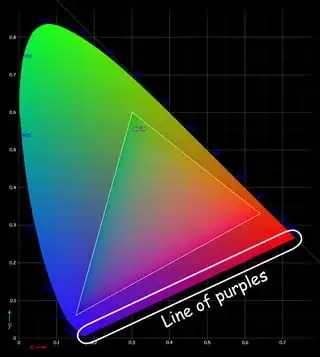In music, when two or more pitches are played together at the same time, they form a chord. If each pitch has a corresponding wave frequency (a pure, or fundamental, tone), the pitches played together make a superposition waveform, which is obtained by simple addition. This wave is no longer a pure sinusoidal wave.
For example, when you play a low note and a high note on a piano, the resulting sound has a wave that is the mathematical sum of the waves of each note. The same is true for light: when you shine a 500nm wavelength (green light) and a 700nm wavelength (red light) at the same spot on a white surface, the reflection will be a superposition waveform that is the sum of green and red.
My question is about our perception of these combinations. When we hear a chord on a piano, we’re able to discern the pitches that comprise that chord. We’re able to “pick out” that there are two (or three, etc) notes in the chord, and some of us who are musically inclined are even able to sing back each note, and even name it. It could be said that we’re able to decompose a Fourier Series of sound.
But it seems we cannot do this with light. When you shine green and red light together, the reflection appears to be yellow, a “pure hue” of 600nm, rather than an overlay of red and green. We can’t “pick out” the individual colors that were combined. Why is this?
Why can’t we see two hues of light in the same way we’re able to hear two pitches of sound? Is this a characteristic of human psychology? Animal physiology? Or is this due to a fundamental characteristic of electromagnetism?
